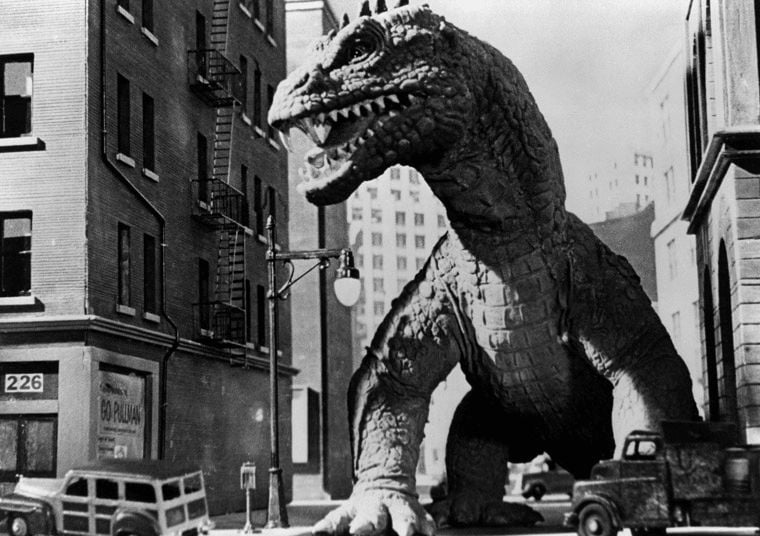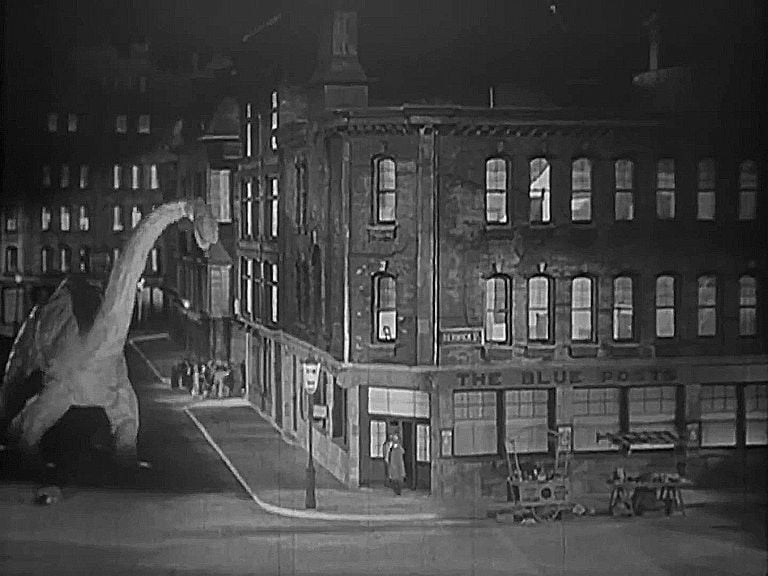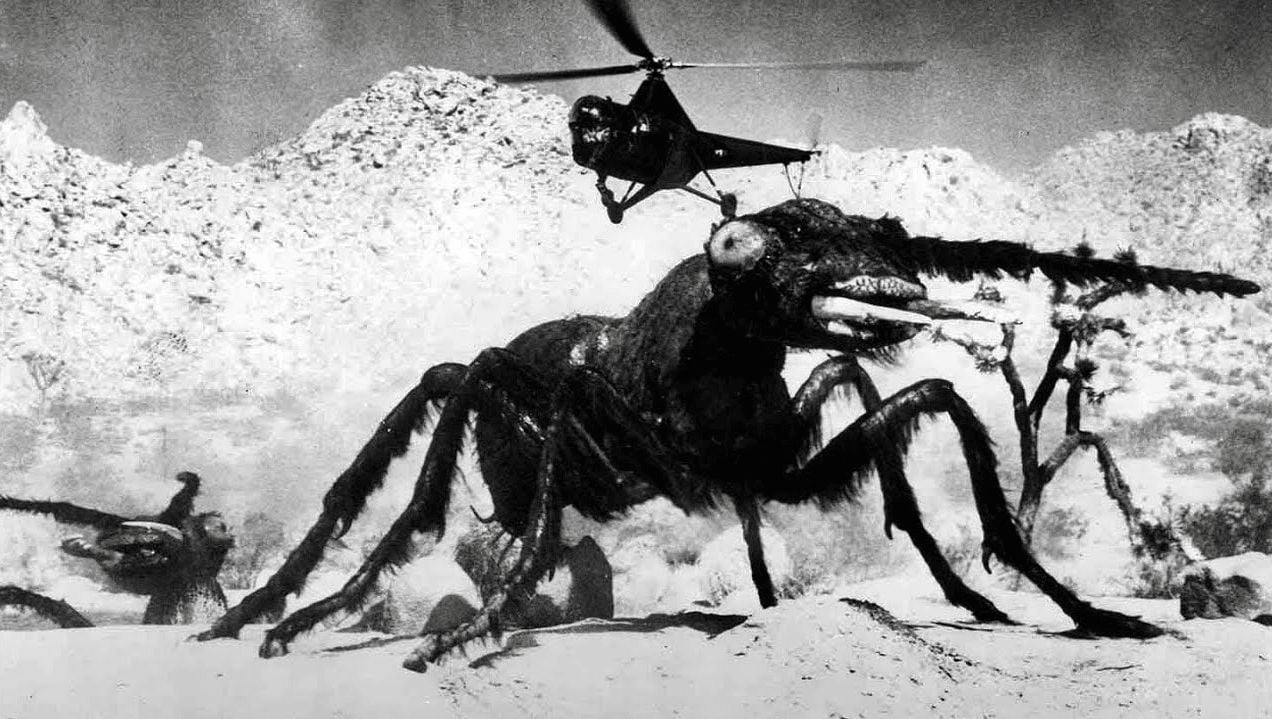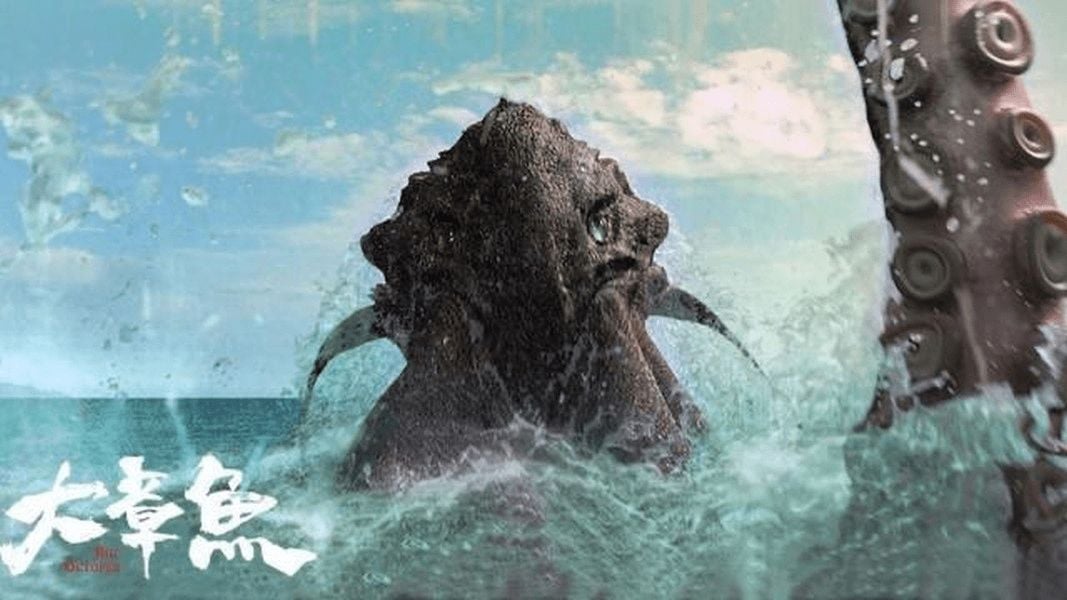Understanding the Giant Ape That Paved the Way
The concept of kaiju, or giant monsters, has captivated audiences for nearly a century, with its origins deeply rooted in the cinematic masterpiece King Kong (1933). This film not only introduced a colossal ape to the silver screen but also set a precedent with its groundbreaking special effects and compelling storytelling. The Lost World’ and ‘King Kong,’ O’Brien, working in a tradition of stop-motion animation already mastered by the great Polish-Russian puppeteer Ladislav Starevitch, fathered a whole new form of movie fantasy, a spectacle in which actors seemed to share the screen with huge prehistoric or mythological creatures.
Despite being an era where visual effects were in their infancy, ‘King Kong’ managed to create an awe-inspiring creature that seemed as real as any actor.
The impact of ‘King Kong’ is still felt today, as it laid the foundation for what would become a beloved genre. Its success proved that audiences were ready for larger-than-life stories, where the boundary between fantasy and reality could be blurred. It’s no surprise that this film was a talkie made for grown-ups who may or may not have been ready for the meta-fictional meditations of a giant ape who loved a woman and the film director who needed them both.
The Stop Motion Beast That Stirred Imagination
In 1953, ‘The Beast from 20,000 Fathoms’ brought another monumental creature to life through the magic of cinema. Ray Harryhausen’s stop-motion effects were nothing short of revolutionary, creating a creature that was as destructive as a hydrogen bomb and as incredible as a rhedosaurus. This film follows the dramatic structure of ‘Them!’, with buildings destroyed by an unseen creature and clues found to its biology, ending in a climax as it heads south toward the United States.


The influence of Harryhausen’s work extended beyond his own creations; his techniques would inspire generations of filmmakers and special effects artists. The legacy of ‘The Beast from 20,000 Fathoms’ is evident in its contribution to cinema’s ability to bring imagination to life.
Dinosaurs Roaming Modern Streets
‘The Lost World (1925)’ stands as one of the earliest examples of films featuring dinosaurs and giant beasts. It was not only a box-office phenomenon but also a breakthrough technical achievement. Based on Doyle’s rip-roaring novel, it brought prehistoric life into contemporary settings. The recent earthquakes likely created the environment the Meganulon eggs required in order to hatch,
reflects how ‘The Lost World’ captured the imagination by suggesting that such creatures could still exist in unexplored parts of our planet.


This film set precedents for future kaiju movies by showcasing that audiences were ready to suspend disbelief and embrace these fantastic narratives. It also established a template for how humans might interact with creatures from another era—themes that would continue to resonate in kaiju films for decades.
Giant Ants and Post Nuclear Fears
‘Them! (1954)’ resonated deeply with post-World War II anxieties by featuring giant ants created by atomic radiation—a concept that was both terrifying and captivating. The film was not only a critical success but also achieved commercial acclaim, grossing over $2 million at the box office. Its nomination for an Academy Award for Best Special Effects highlights its technological achievements.


The success of ‘Them!’ led to a wave of similar movies, cementing its role as an influential piece in the kaiju genre. Its depiction of societal fears through science fiction remains an important aspect of how these films connect with their audience.
Marine Horror from Beneath the Sea
The marine horror ‘It Came from Beneath the Sea (1955)’ contributed to the kaiju genre with its underwater menace—a giant, radioactive octopus attacking San Francisco. This narrative followed a similar structure to ‘The Beast from 20,000 Fathoms’, demonstrating how kaiju films started forming their own distinct tropes and themes.


Like ‘Them!’, this film reflected mid-1950s societal fears about radioactivity, showing how kaiju cinema often serves as a mirror to contemporary issues while providing thrilling escapism.

